The aviation industry is happy to discuss its efforts to reduce the emissions of flight and go green , but just how effective will its efforts be without the help of serious government policy?
Three of the most popular ways considered to reduce emissions in aviation are:
- carbon offsetting,
- sustainable aviation fuel (SAF),
- and the creation of new technology like hydrogen-powered planes.
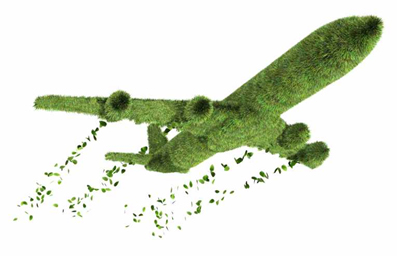
For each of these, there is ambition and optimism technology will have the capability to change the industry. But innovation is expensive and without the commitment of public funds, it could be unattainable. So what’s stopping governments from investing?
To find out a lot of, Euronews inexperienced spoke to United Kingdom of Great Britain and Northern Ireland policy manager for Transport & surroundings Matt oscine bird regarding why crucial emissions goals for airlines will solely be reached with a lot of proactive public measures.
Making carbon offsetting low-cost and effective
Carbon countervailing green schemes area unit usually fashionable corporations hoping to indicate that they’re taking global climate change seriously. except for variety of reasons, the schemes are often nearer to greenwashing than a significant plan to solve the matter.
- The Carbon countervailing and Reduction theme for International Aviation (CORSIA) began this year and has been adopted by sixty five countries.
- Adoptees of CORSIA conceive to solely having carbon neutral growth within the aviation sector when 2020.Global commitment to CORSIA is crucial to stopping the aviation industry’s unsustainable growth.
- However up to now the theme is barely voluntary till 2027. Transport & surroundings (T&E) is bothered that the worth airlines square measure being asked to pay to offset their carbon output isn’t enough to meaningfully scale back the carbon within the atmosphere.“I suppose it’s completely greenwashing,” oscine says.
- He explains that whereas the worth airlines square measure being inspired to pay is enough to encourage airlines to shop for in whereas it’s still voluntary, it won’t truly offset the equivalent carbon the theme claims it’ll.
- To actually offset that quantity of carbon, there would want to be bigger investment within the direct air capture (DAC) trade that is simpler at removing carbon.
- At around five hundred times the worth, however, it’s presently too expensive for it to be financially viable for airlines to decide to.
“It must be inspired at government level, it’d be reckless to expect that to be one thing the personal sector would invest certain its own sake, as a result of it’s too costly,” oscine says.
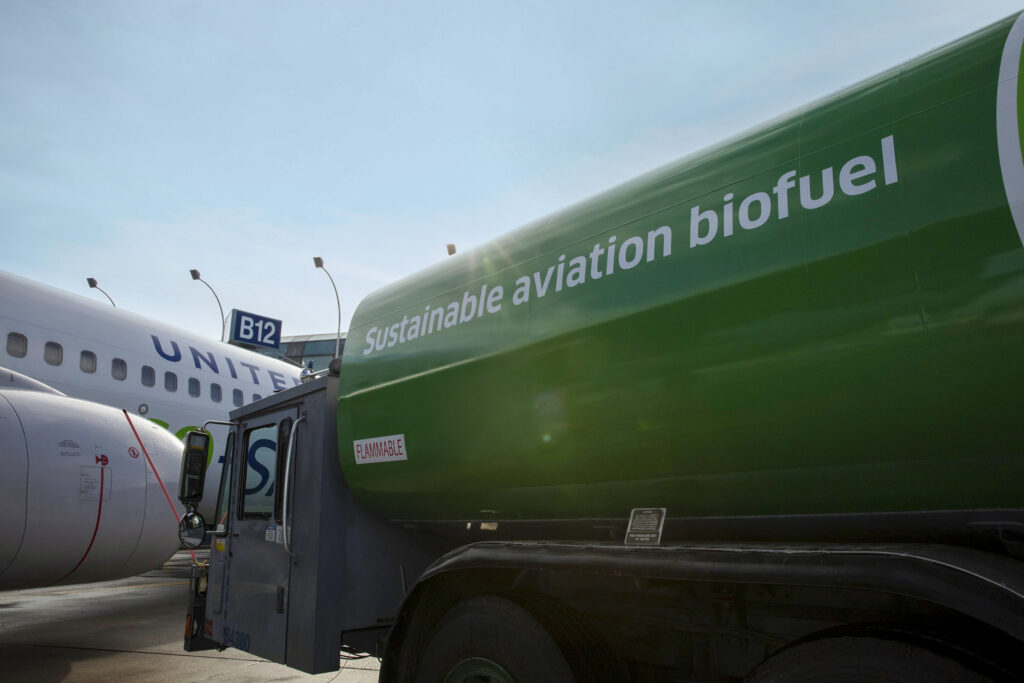
Is property avaiation fuel the answer?The most instantly promising method the aviation business can cut back its emissions is thru property Aviation Fuel (SAF)Or Green fy
SAF will be made of plant and animal oils further because the recycled waste from people’s homes. it’s then refined and changed into a fuel which will be employed in planes a bit like hydrocarbon.
Because SAF isn’t sourced from fossil fuels, it reduces the carbon life cycle of the fuel by up to eighty per cent.
SAF production is an instantaneous goal for anyone within the aviation business who’s involved concerning temperature change. however several worry that it’s being control back by an absence of encouragement from governments.
SAF is in terribly low production these days.
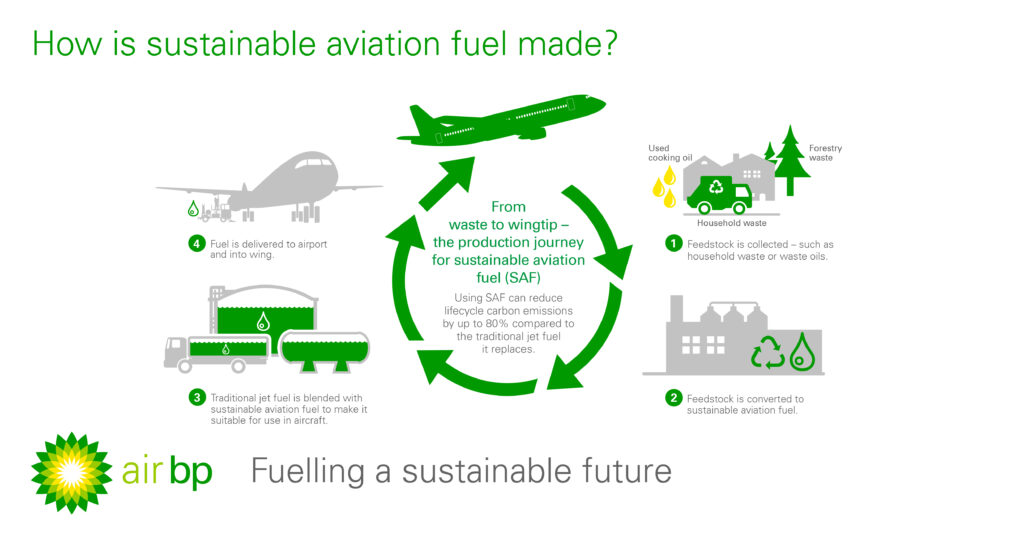
“SAF is in terribly low production these days,” says Anders Fagernæs, vice chairman of property at Norwegian.
“Only 0.05 per cent of the full fuel consumption in 2019 was SAF,” he explains.
“That’s a little proportion, and it is also terribly pricey. It’s regarding 3 to 5 times costlier Associate in Nursing exceedingly|in a terribly} very competitive market wherever the fuel value is up to thirty per cent of an airline’s total value base.”High prices for personal firms area unit a priority for the total trade.
“At the instant, production of SAF is proscribed because the higher value for SAF is preventing wider uptake,” adds Andreea Moyes, international Aviation property Director for Air bp, one amongst the most firms operating to develop SAF.
“There is real commitment from the trade to scale back carbon emissions, however governments additionally ought to produce the correct policies to accelerate the expansion of SAF,” she explains.
“Increasing production needs long policy certainty to cut back investment risks, in addition as attention on the analysis, development and development of improved production technologies and innovative property feedstocks.”
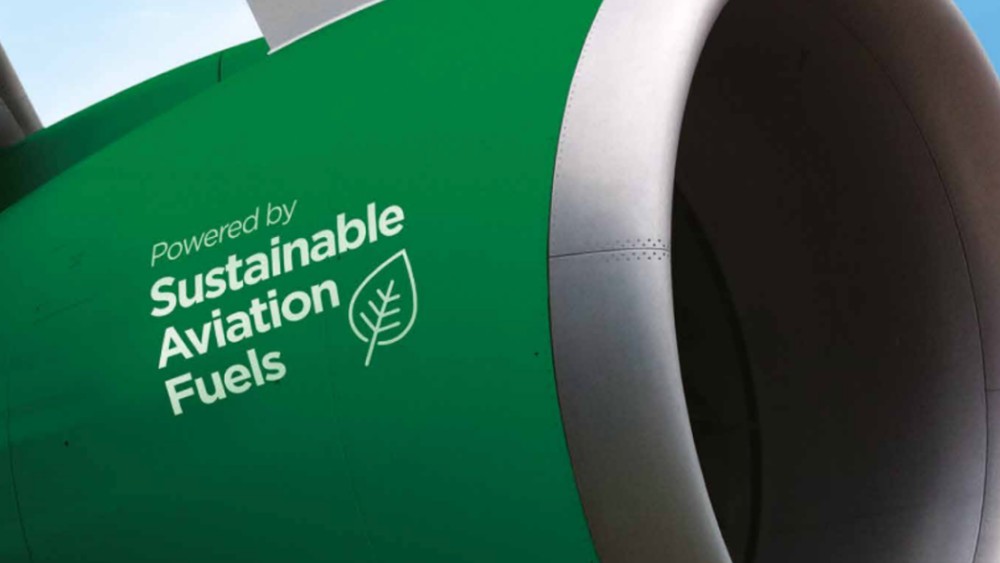
Are the SAF commitments enough?
Finch additionally raises issues regarding countries’ commitments to SAF policies. Mandates for the EU and therefore the Great Britain for the proportion of SAF to be utilized by 2030 is simply ten and 5 per cent severally.
“Airlines can still be burning ninety or ninety five per cent fossil lamp oil. There’s extremely not that a lot of amendment on what there’s these days,” he says.Even as way as 2050, the EU proposal for SAF is simply sixty three per cent.
Kerosene tax – Go Green
If there aren’t progressing to be sturdy commitments to SAF mandates, oscine desires to examine a minimum of some taxes levied at fossil coal oil to encourage profit-seeking airlines to contemplate SAF additional.“Airlines can invariably observe workers, however they will ne’er observe the opposite method of reducing the value differential, that is increasing the value of fossil coal oil.”
Unlike different fuels, aviation coal oil is exempt from taxation. presently the EU commission is considering a proposal to tax it however the united kingdom has no immediate intentions to imitate.
Taxing fossil coal oil and prioritising SAF production would additionally mean advantages for non-oil manufacturing countries as they wouldn’t ought to have faith in the unsteady costs from Russia and therefore the Middle-East.“It would mean additional energy security,” oscine says. “And if you wish to create SAF on United Kingdom of Great Britain and Northern Ireland shores, the money stays within the country, easy as that.”
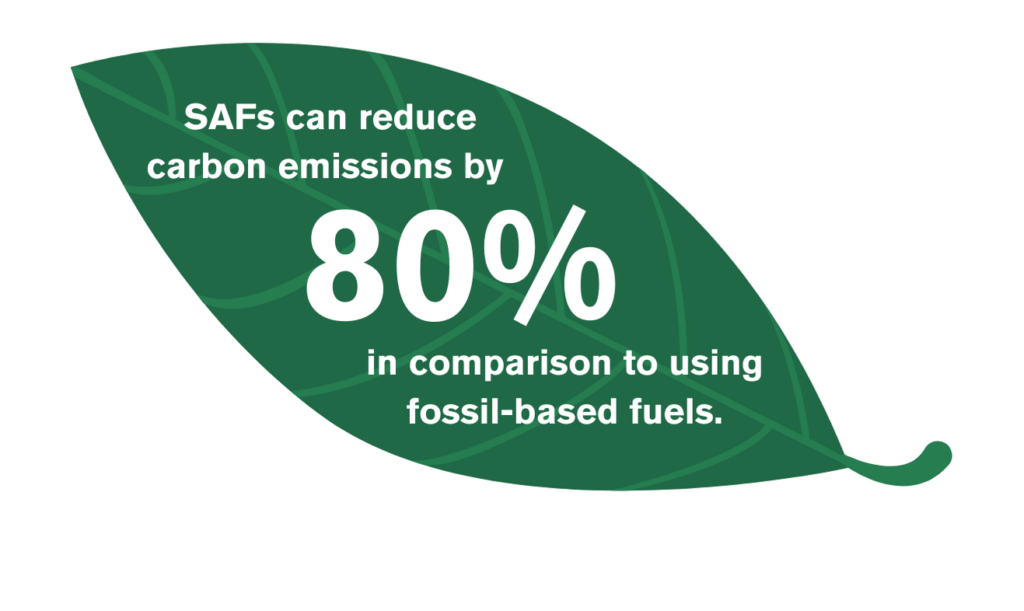
Are H2 planes the future?
Many inside the aviation business take into account element or electrical hopped-up planes a fantasy. however oscine sees it because the natural finish purpose of a journey that needs to begin with SAF.
“If you utilize SAF, you’ll get the carbon to internet zero, however you continue to have atomic number 7 oxides, you continue to have vapour, you have got some contrails, you continue to have a number of the non dioxide effects that additionally cause warming,” he says.
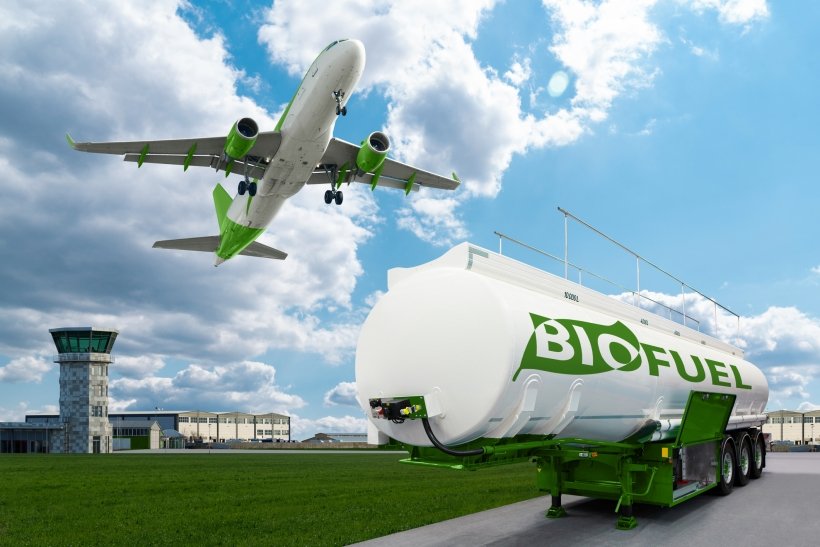
- “Whereas if you go right down to a gas cell providing once more the gas may be totally inexperienced.”But government policy once more has to mirror the industry’s capability to develop these new inexperienced technologies.“
- The downside is most emissions return from long-standing time flights and there is fully no means gas cell planes can replace long-standing time flights within the next thirty years.
- He says that even though we have a tendency to begin currently, with terribly little flights carrying simply a couple of folks, planes can eventually get larger and go more.“And suddenly we’ll reach that sweet spot for the united kingdom a minimum of wherever heaps of individuals fly between one and a pair of,000 kilometres as a result of that is their vacation to Europe and every one of a abrupt you’ll be able to replace heaps of planes,” oscine bird explains.
- Finch says SAF may be a crucial stepping stone to cut back emissions as totally inexperienced flights won’t be potential within the next few decades. however that ought to encourage investment within the technology, not put off it.
- “What would have happened if there was associate degree airline prepared once the Wright brothers flew that 1st plane, UN agency then took the engine thereon plane aforementioned,
- ‘Well, this is not economical enough, therefore we will ne’er do it’. then the govt aforementioned, ‘Well, we won’t pair. therefore we’re gonna ban flying’?” oscine bird asks.
- “But it didn’t. It evolved and engines got higher,” he says.“10 to fifteen years past, nobody dreamt of flying electrical aeroplanes. folks simply aforementioned batteries weren’t adequate. however we’re currently already seeing little planes build short journeys.”
Never miss a single update. Have a great day ahead!
